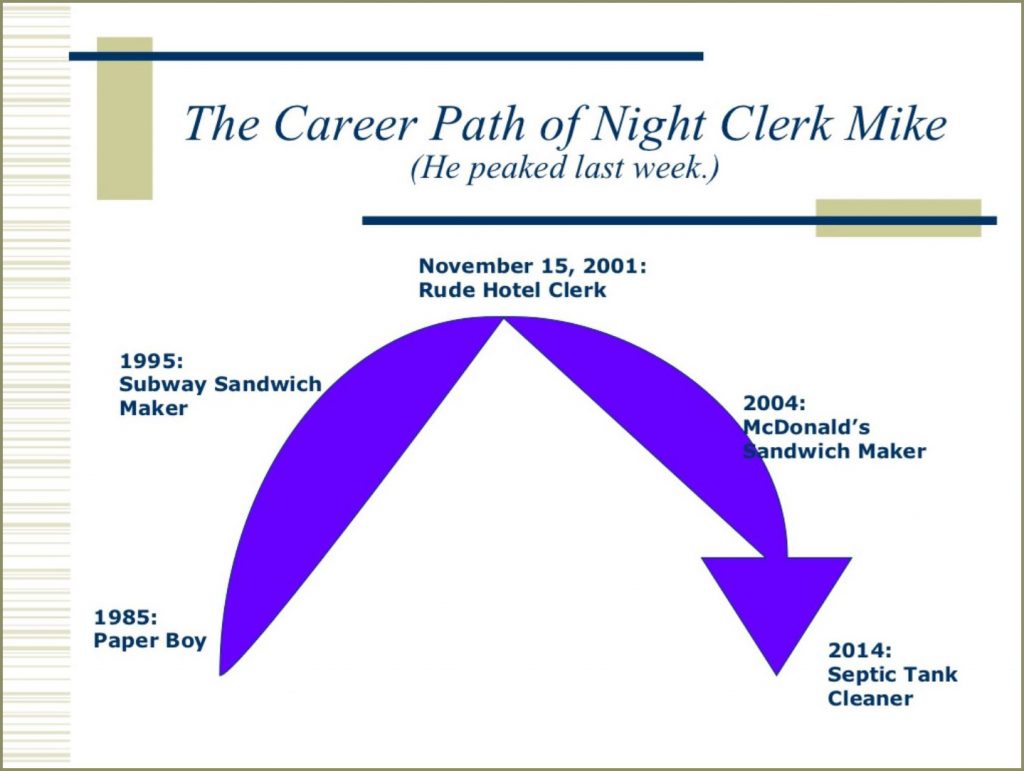The Rise of the Brand Influencer
It’s difficult to believe, but in the recent past consumers relied, to an inordinate degree, on brand advertising for advice prior to making a purchase. Classic advertising campaigns (“A Diamond is Forever,” “Got Milk?”, “Think Small”) influenced countless consumer purchases, generating untold millions of dollars for the brand owners. Consumers read the same magazines, watched the same television shows, and saw the same ads. It was the era of Mad Wo/Men and Mass Persuasion.

Today, not so much. Advertising, in its many forms, isn’t going away — it’s still a $500B industry. But a consumer’s receptiveness to brand advertising has certainly waned. Modern channels (social, text, chat, blogs, review sites), and the rise of social influencers, have dramatically changed the way we view brands. We’re less likely to trust messages from the brands themselves, and more likely to listen to online influencers. In other words, we’re more likely to trust the opinion of a relative stranger. According to Hubspot, Millennials are 44% more likely to trust online “experts,” and they are 247% more likely to be influenced by blogs or social networking sites.
And by influencer I don’t necessarily mean the latest Instagram or YouTube phenom. Micro and macro influencers wield just as much power without a massive online following. And the realm of the influencer has expanded well beyond glamour shots and product unboxing videos. It’s moved beyond what we might think of as “traditional” influencer platforms (Twitter, Instagram, YouTube, Facebook) and into customer care.
Reviews on sites like Yelp, TripAdvisor, Amazon, G2 Crowd, TrustRadius, and others have become part of the buying process for B2C and B2B. Over 80% of consumers say they read online reviews for local businesses. And 68% of B2B buyers say they prefer to research on their own prior to a purchase.
This is perfectly understandable, and it’s not new. There’s valuable insight to be gleaned from reviews, and consumers have never been shy about sharing brand experiences, especially bad ones. Thirty years ago, these complaints stayed within a relatively small group of personal acquaintances. The internet, of course, changed that. For a great, early example, flash back to 2001 — years before Facebook and Twitter — when Tom Farmer and Shane Atchison’s Yours is a Very Bad Hotel PowerPoint presentation became one of the first viral sensations as an email attachment (it’s still worth reading today).
Today, with the far-reaching power of social media, even a slightly below average experience has the potential to influence thousands — or millions — of other consumers. Twitter, Facebook, Instagram, WeChat and review sites are overflowing with negative brand comments. Customers and potential customers read them. Marketing, care, and social teams need to work together to address them.
Customer Care is the new marketing
Unfortunately, in most organizations the marketing, care, and social teams operate separately, usually within different organizational structures. These silos create a disconnected, and often frustrating, customer experience. And when one of your customers has a question, problem, or complaint, a disjointed experience can further aggravate an already touchy situation.
Imagine a better scenario: a connected, integrated experience across all channels, with a single view of the customer. An issue might start with a Twitter rant, quickly move to a DM or chat, transition to a phone call, and end with an e-mail, seamlessly flowing across channels with smooth handoffs and the customer feeling known, respected, and appreciated every step of the process.
A unified customer experience not only makes for happier customers, it makes business sense: 50% of your next customers come from current customers. And it costs 7X more to win a new customer than to keep an existing customer. Marketing departments spend small fortunes trying to engage 1:1 with customers while customer service reps are encouraged to spend as little time engaging with customers as possible. It makes no sense at all.
I’ve actually seen some recent progress in this area, with some of the organizations we work with putting care and marketing in the same group. It’s the right move for a world where consumers are growing more accustomed to modern organizations that provide a unified customer experience.
Paul Korzeniowski recently interviewed me for a destinationCRM.com article where he digs into this topic in more detail. Specifically, he looks at the connection between social media influencers and customer service. It’s a worthwhile read for any organization looking to meld their marketing, social, and PR teams.


